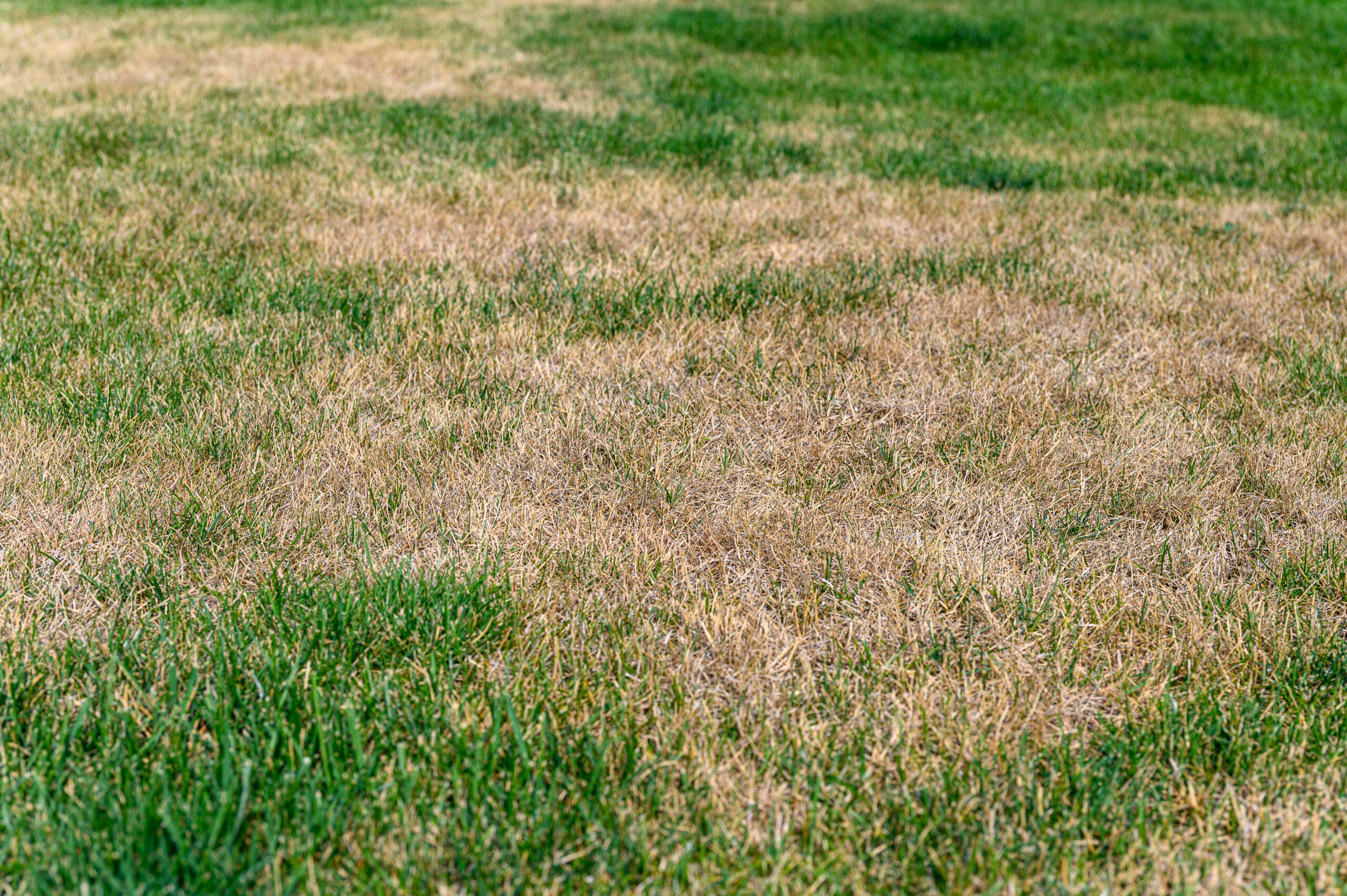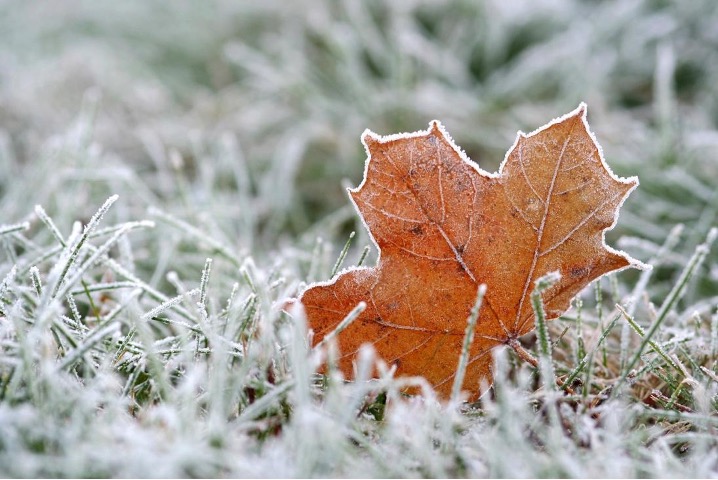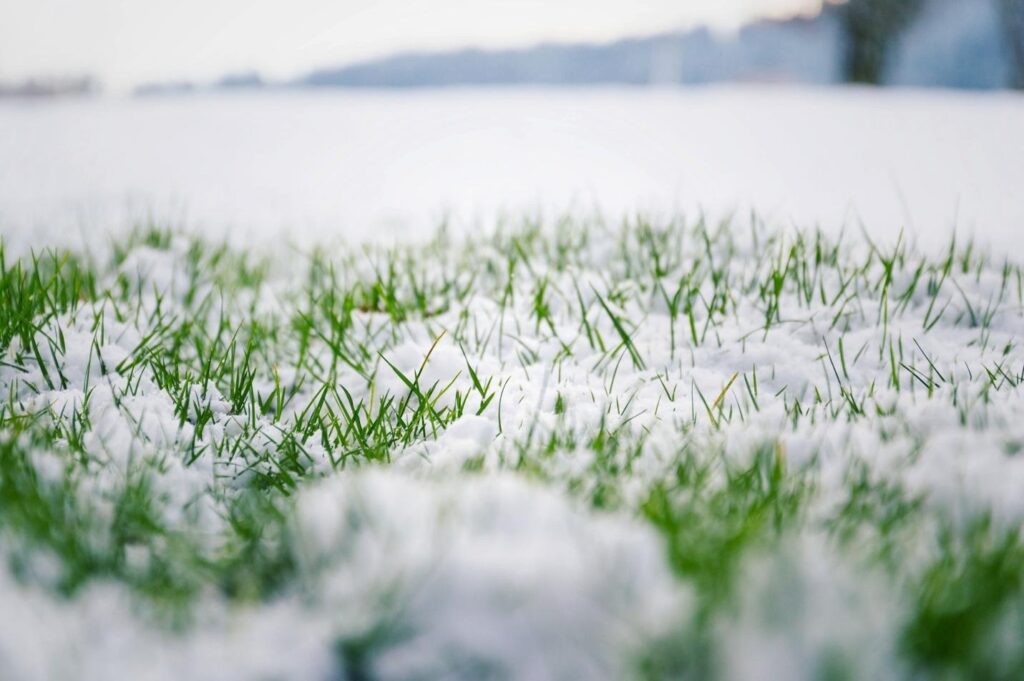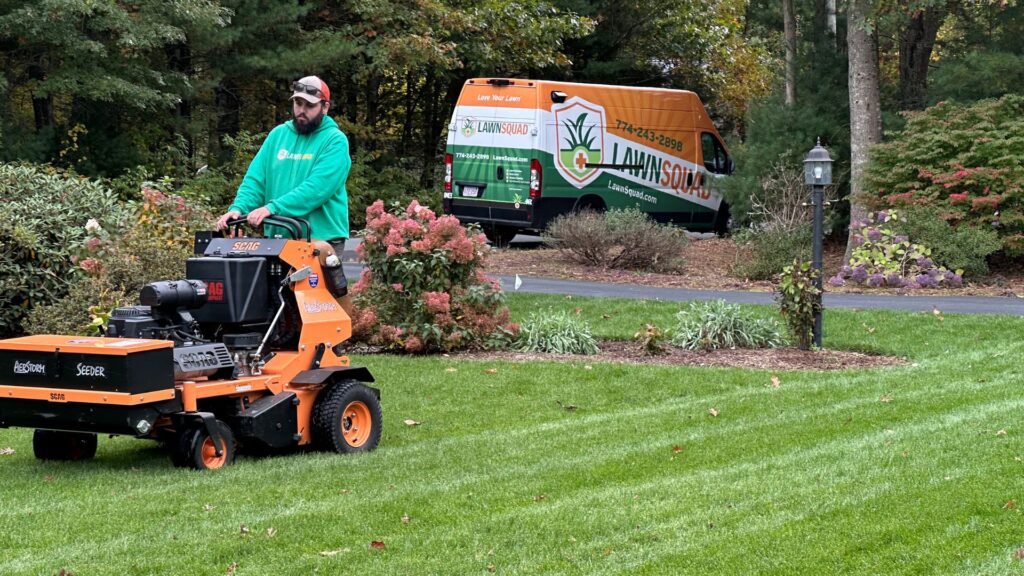There’s no doubt that the winter season can make your yard look very dreary and unhealthy. However, as the warm spring weather starts to break through, you may notice that your lawn still looks dead. Fortunately, there are many things that you can do to your lawn to help revive it for the upcoming spring and summer.
Aeration
One of the best places to start with handling your winter-beaten lawn is with aeration. Over the winter season, your lawn can constantly be compacted due to the weight of snow and ice. Compacted soil makes it very hard for roots to break through and water to be absorbed. A great way to help fix this issue is to use an aeration tool to put thousands of tiny puncture holes into your soil.
Think about this process as acupuncture for your lawn. With more air, your lawn will be able to breathe and your grass will be able to more vigorously develop its root structure. Even better, every one of those holes in your soil will allow a more direct path for nutrients to reach the roots for even healthier growth.
Overseeding and Fertilizing
When getting aeration service, it can also be highly beneficial to get overseeding and fertilization as well. These all go hand in hand to provide the best environment to encourage your existing lawn to start new growth. Overseeding is just what it sounds like. We put additional grass seed into your lawn to help it become more resilient and denser.
This makes your lawn more capable of crowding out weeds and other unwanted grass varieties. To top it off, we can add fertilizer to help give your lawn that initial boost of nutrients it needs to flourish early in the spring season.
Get Disease Control
One of the biggest contributors to a poor-looking lawn is the presence of disease. Just as people can get diseases, so can your lawn. Some of the most common that may be the result of the past winter season are snow mold and other fungal issues. A good investment is to have one of our professionals come out and assess your lawn for any potential diseases that may be there. By identifying these early in the season, we can quickly treat them.
It’s very important to know that lawn diseases can spread very rapidly simply due to the natural outside environment of excess moisture and high humidity. Some of the most common signs that your lawn likely has a disease include large yellow or brown patches, small yellow spots that seem to merge together over time, matted areas of lawn, and orange powder or red threads on the grass blades. If you notice anything out of the norm, it’s necessary to get it treated right away to revive your lawn before the problem gets much worse and harder to deal with.
Keep Pests Away
There’s no doubt your lawn can house many different pests that can deteriorate the root system of your grass and ultimately damage your turf. Some of the most common nuisance pests include grubs, ants, chinchbugs, and billbugs. It can be very helpful to have your yard treated for these unwanted pests at the beginning of the spring season to help prevent them from infiltrating your lawn. There’s nothing worse than doing all the right steps like aeration and fertilization only to have pests come in and just wipe out your beautiful results.
Remove Excess Debris
While it can be very exciting to start getting more complex lawn services like aeration and fertilization to help revive your lawn after winter, it’s also important to remember that the basics matter. You’ll want to take some time and clean up any debris that’s on your yard due to the winter weather. This includes things like tree branches, twigs, and any leaves that were left over from the fall season. You’ll want to give your lawn a clean slate.
Mow on High Settings
Just as it does to pretty much every other plant and tree outside, the cold season causes your turf to go dormant and stunts its overall growth. It’s very common for your lawn to be relatively short at the beginning of the spring season. Resist the urge to set your lawn mower at its lower setting as this can cause too much damage to your existing grass blades. Instead, opt for putting your mower at a higher setting when mowing for the first couple of times. This will help to encourage regrowth without causing extensive damage to your existing grass.
Be Consistent With Watering
Consistent watering is an absolute necessity during the early spring season. This helps your grass establish its necessary root system to maintain strength and vibrancy throughout the entire year. All of the new grass seeds that have been laid down on your lawn also need adequate moisture to germinate. Opt for watering your lawn in the early morning and let the water soak in to encourage deep roots. Don’t water the in the late evening and leave the grass wet overnight. An extended damp period can encourage fungal infection.
You want to keep up with this consistent watering schedule until your new grass sprouts and grows at least three to four inches tall. Once your new grass establishes itself in your lawn, then you can cut back your watering. You also want to be mindful of the rainfall that you get and ensure that you’re not putting too much moisture into the soil.
Lawn Dethatching
If you notice that your lawn feels spongy or bouncy when you walk on it, then there’s likely a buildup of thatch between the grass blades. This can create a real problem for your lawn as it decreases its ability to properly drain and can allow lawn diseases to flourish. It’s a good idea to use a rake or have a professional come in with a mechanical dethatcher to remove this unwanted buildup.
Reliable Lawn Maintenance Service
Lawn Squad® offers reliable lawn maintenance services for the Cleveland, OH area. Our lawn care professionals can also gladly help with all your fertilization, aeration, weed control, disease control, insect control, and tree and shrub care needs.
Contact our team in Cleveland, OH, to learn more about lawn care after winter!






